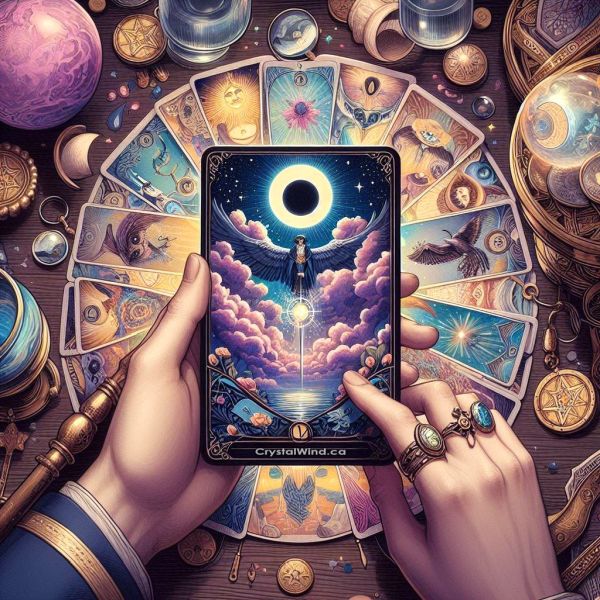600 Years in the Making: Sharing our Tarot Heritage
- Details
- Written by AndEl

If you feel a special connection to tarot, you share a 600-year tradition with tarot lovers world-wide. Tarot’s history takes us from medieval Italian castles to French secret societies; with side-trips to visit English magicians, California hippies and contemporary digital artists. Let’s explore the highlights of our shared tarot heritage.
The story begins when playing cards migrated down the Silk Road from China to Arabia. In the 1370s, Arab sailors landing in Italian and Spanish ports introduced playing cards to Europe. Their decks had four suits (Cups, Coins, Swords and Batons) numbered ace through ten,plus three court cards.
Within a decade, these Arabic card games spread throughout Europe. Then in the 1430s, someone in northern Italy added a fifth suit illustrated with popular images like an empress, a pope, and lovers. This expanded deck was used to play a game called Tarocchi in Italy, and Tarot in France.
The inexpensive paper cards ordinary people used have all disappeared. But decks made for Italian aristocrats using gold leaf, crushed lapis lazuli and other precious materials are housed in museums throughout Europe and the United States. We can even hold a piece of tarot history in our hands, thanks to reprints of the Duke of Milan’s 1450 Visconti-Sforza deck.
Everything changed in 1500 when political and economic power shifted from Italy to France. French print shops dominated the playing card industry. Printers kept up with demand by inventing ways to print cards faster and cheaper. They simplified suit symbols to the easily stenciled hearts, diamonds, spades and clubs; while the older suit symbols (coins, cups, swords and batons) were only used in tarot decks. This older card style was standardized into the Tarot de Marseille pattern. The French still prefer this deck for readings.
In the mid-1700’s, a Parisian astrologer and fortune teller named Etteilla revolutionized tarot reading. Etteilla operated a school for tarot and astrology, published a tarot magazine, designed his own deck, and wrote books on how to read cards. His biggest innovation was teaching his students to lay out spreads and tell a story, and to use reversals.
During the 1700s,people gradually abandoned tarot for trendier games.While the game was fading in popularity, occultists were discovering tarot’s mystical properties.Esoteric lodges and secret societies spread throughout Europe teaching Qabalah, astrology,alchemy and ceremonial magic.When an unknown occultist made a connection between the 22 tarot trump cards and the 22 letters of the Hebrew alphabet, he reinvented tarot as the transmitter of secret cabalistic correspondences.
Students of the occult believed Tarot and Qabalah were essentially the same, and that both originated in ancient Egypt.Occultists like the influential French author Oswald Wirth designed Egyptian decks labelled with Hebrew letters to bring tarot closer to its supposed origins. Meanwhile, English occultists translated French magical treatises and dreamed of improving on them.
In the 1880s, two English occultists devised an alternate to the French system. They created correspondences between tarot cards and colors, musical notes, Hebrew letters, the Tree of Life, and astrology. A British secret society, The Hermetic Order of the Golden Dawn, used this system for its rituals and teachings. In the early twentieth century, Golden Dawn lodges in the United States imported this system, along with tarot, across the Atlantic.
In 1909, A. E. Waite, a Christian mystic and former member of the Golden Dawn, teamed up with the artist Pamela Colman Smith to create a revolutionary new deck. He added Christian and Egyptian details to the major arcana, like Adam and Eve as the Lovers, and sphinxes pulling the Chariot. Smith, who was a set designer, drew a scene on each minor arcana card. The resulting Rider Waite deck (now called Waite Smith) sent tarot down an exciting new path.
Eden Gray’s tarot books for beginners,published in the 1960s and still in print,were illustrated with the Waite Smith deck and used Waite’s card meanings. These immensely popular books created a huge demand for Waite’s deck, and sparked an industry of Waite Smith spin-offs inspired by anything from goddesses to gummy bears. Gray taught an accessible, story-telling method of card reading that took tarot out of esoteric lodges and into the mainstream.
By 1970, Waite’s deck, his card interpretations, the Celtic Cross spread,and Golden Dawn symbolism appeared in nearly every English-language tarot book. This created a unique Anglo-American tarot style that’s very different from European practices based on the Tarot de Marseille.
In the late 1960s, the counter culture’s “anything goes” spirit transformed a segment of the tarot scene.Tarot readers threw away their books to read in a loose, free-association style. Deck artists transcended the Waite Smith model and poured their visions into the 78-card framework.Tarot fragmented into hundreds of decks appealing to a diverse range of interests. The 1969 Xultun Tarot was the first of many decks rooted in a wide range of subcultures and world mythologies.
The internet has given a huge boost to creativity and individualism. Self-publishing and print-on-demand frees authors and deck creators from domination by conservative, profit-driven publishing houses. A supportive global community provides instant encouragement and feedback.
Tarot has experienced many changes in 600 years, yet the deck has remained essentially the same. Over 500 years ago, an Italian priest made a list of tarot cards in the margin of a sermon. The names and the order of his cards are identical to today’s tarot. When you hold a tarot deck in your hands, you’re holding centuries of tradition and history.
Do you own a reprint of a historic deck? Have you tried reading with it? We’d love to hear about your connection to tarot history.

Note from Brigit: As a recent graduate of the Grow Your Tarot Business Online program, I am thrilled to introduce Sherryl Smith to the Biddy Tarot community. Sherryl is a wealth of knowledge, especially when it comes to Tarot history. Today, she guides us through 600 years of Tarot heritage. Over to you, Sherryl…
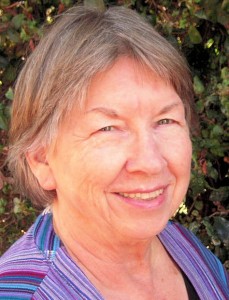
About Sherryl Smith
Sherryl Smith writes about tarot history and how to read with historic decks at www.Tarot-Heritage.com
Credit: biddytarot.com
Liked this article? Dive deeper into personal growth and wellness! Check out CrystalWind.ca for spiritual wisdom or explore AromaWorx.ca for natural well-being tips. Spread the positivity—share this with friends on their happiness journey!
Let’s Chat! Drop Your Thoughts Below! ![]()
Latest Articles
Dive into the Mystical World of the Crystal Wind Oracle Deck!
Get All the Enchanting Details Now!
NEW Expanded Boxed Edition!
Now with 58 Cards for Richer Wisdom!

Imagine a world of inspiration and healing, free for all—made possible by YOU!
Donate Now—Ignite the Magic at CrystalWind.ca!

Epilepsy - Finding A Cure
Your donation can make a difference!
Help us find a cure – donate now!
Unlock Your Light: Join Lightworkers Worldwide on CrystalWind.ca!
Featured!
-
What Is Tarot Astrology? Open or Close

Tarot astrology is the system through which a reading of the cards in a tarot deck help you through troubled times by offering a reflection on your past, present and future. Tarot is closely associated with astrology as each card relates to a planet, element, or astrological sign.
Tarot cards are used for divination, often known as fortune telling. But, many psychologists have used them as well, feeling that the cards often make patients delve in to how they feel about themselves. This is done through the subconscious. For example, let’s say you know work is not going well, but you do not allow yourself to think about it. Getting a tarot card reading that shows you need to change occupations is not really telling your future so much as it is making you face what is really going on in your life.
Read More- The Tarot Open or Close
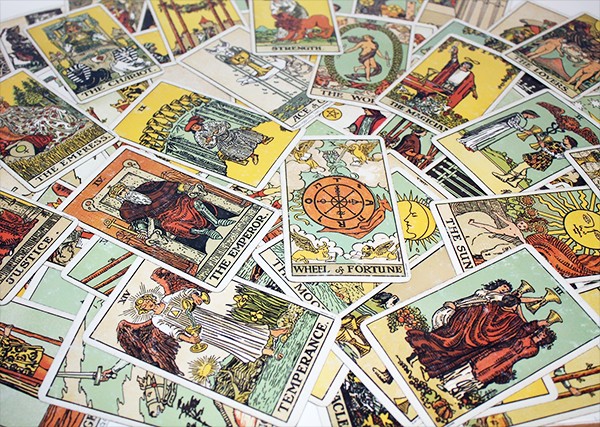
The Tarot (pronounced tair-row) is a combination of teachings that reflect the aspects of life, a symbolic "book of life" in the form of pictures that can be read or meditated on from "cover to cover". It can also be opened randomly for insights to issues. As a source of information, it is actually a channel by which pictures bring the situation to light and explain what caused it to occur. Those same pictures depict how the situation is being played out as well as the predicted outcome when placed in "spreads" of various patterns. That outcome will be in accordance to the choices that have currently been made by the client as well as outside influences which they have little or no control over. The Querrent (person asking the question), needs to be informed of this so they understand that they have free will and can apply it if they so choose. The Tarot is informative, enlightening, and it's accurate.
Read More- The Tarot: An Intuitive Health Tool Open or Close
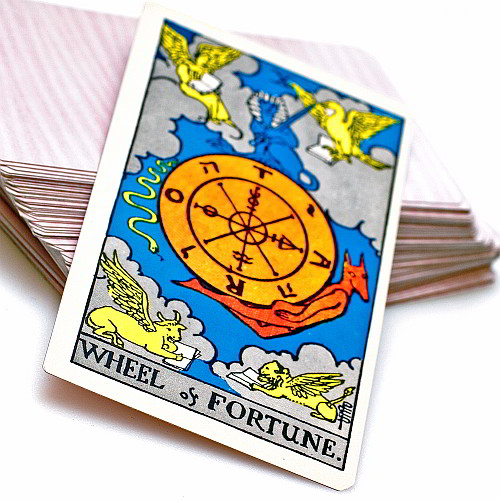
When I began reading the Tarot Decks back in 1973, I used the traditional readings. Later on, I studied Carl Jung and his analysis of using Tarot for the study of emotional and mental problems. The many students in my area were using the Major Arcana of Tarot Cards to do the analysis. After many years, I have finally discovered a mannerism to use the entire Tarot Deck for the ‘Healing Intuitive Reading’. In this reading, we examine five planes of health in a being. The heart and blood, the liver, pancreas, adrenals and kidneys, thymus, immune system and finally, the brain, are examined.
Read More- Tarot Card Meanings (A Quick Reference Guide) Open or Close
- Here Are 7 Daily Tarot Spreads For Your Morning Ritual Open or Close

I confess, there have been way too many mornings where I’ve woken up, kicked off the covers, and reached for my phone. In seconds, I’d already be texting, answering emails, scheduling appointments, or checking my latest social media post.
Read More- How to Use Tarot as a Tool for Personal Growth Open or Close
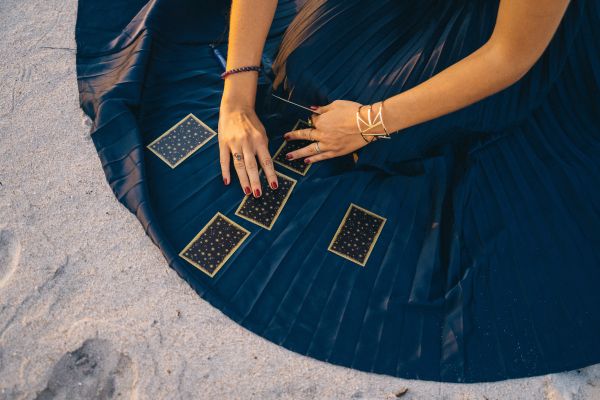
Have you ever felt like you have an inner voice, but you just can't seem to tap into it? Or maybe you're stuck in a rut and need some insight into the life decisions you're facing.
Read More- What is Tarot Card Reading and What Should You Expect? Open or Close
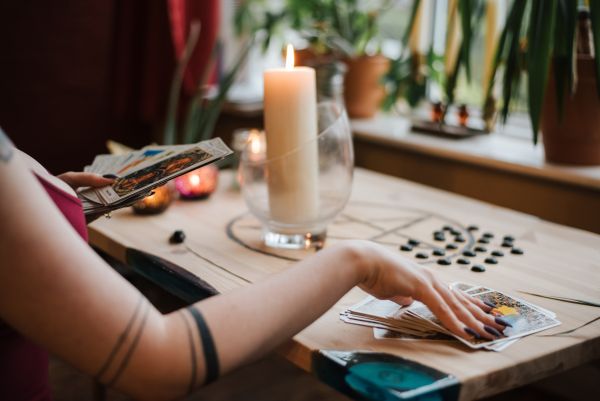
Tarot card reading has been a source of fascination for centuries. The ancient art of divination using tarot cards has captivated people from all walks of life.
Read More- Tarotscope December 2024: Your Comprehensive Monthly Tarot Forecast Open or Close

As we approach the end of 2024, December promises a rich tapestry of energies, insights, and transitions.
Read More- Tarot Secrets for 2025: Navigate Cosmic Dance via Celtic Cross Open or Close
- February 2025 Tarotscope: Messages from the Cards Open or Close
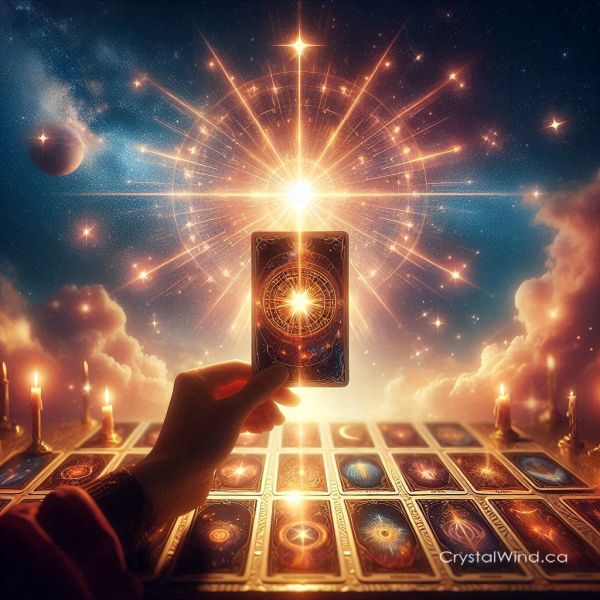
The Wheel of Time turns once more, bringing us to February's sacred dance of energies. As the ancient wisdom of the Tarot whispers its secrets, we invite you to journey with us through the cosmic currents of this pivotal month.
Read More- February 2025 Tarot Reading: Messages from the Cosmic Winds Open or Close
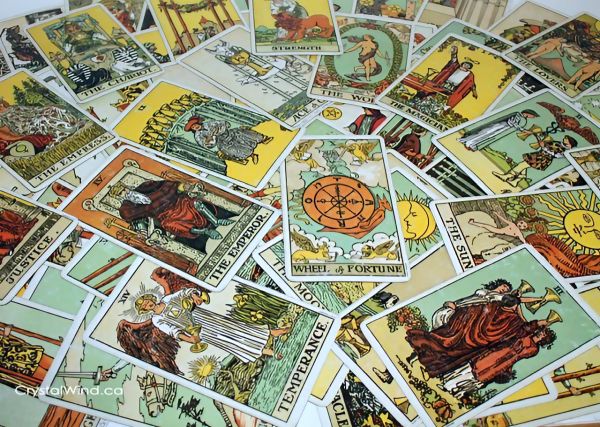
By And_el [Originally published on CrystalWind.ca]
Beloved souls, as we enter the sacred month of February 2025, I've connected with the Divine energies to bring forth messages that will illuminate your path.
Read MoreArticles: Tarot
Follow Us!
- The Tarot Open or Close
Featured This Month
Sun in Cancer
Cancer Sun Sign Characteristics Overview The name "Cancer" comes from Latin, ... Read more
Egyptian Zodiac/Astrology
Egyptian astrology was one of the earliest forms of astrology. The Egyptians w... Read more
Cancer Mythology
The Mythology of Cancer: A Celestial Tale of Loyalty and Sacrifice Among th... Read more
Abalone Shell
Echos Of The Ancestors Abalone strengthens the structure of the body and th... Read more
Chalcedony
The Stone Of Orators Chalcedony was very popular as a decorative stone in ant... Read more
Lugh - Celtic God Of The Sun
The god Lugh was worshiped in Ireland as a deity of the sun. This connection... Read more
Lammas by The Hedgewitch
Although in the heat of a Mid-western summer it might be difficult to discer... Read more






























































































